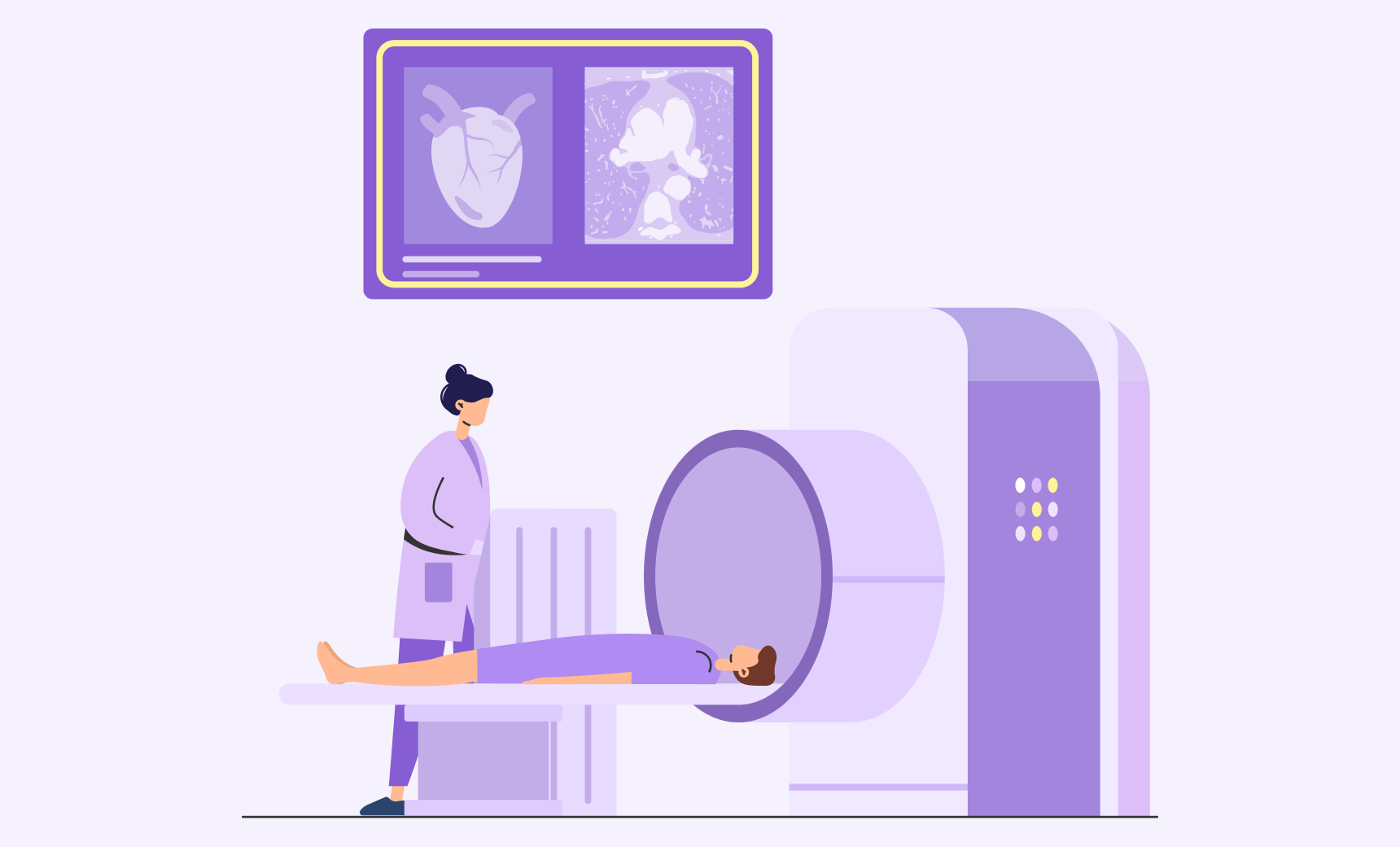
Meet Your Deductible, Get the Most Out of Your Insurance
Meet your deductible soon to reap your health insurance benefits before it resets. Here’s how.
As the end of the year approaches, there’s an important question everyone with health insurance should ask themselves: Have I met my deductible?
A deductible is the amount you will pay out of pocket before insurance starts to cover your medical bills. Before you meet your deductible, you pay for 100% of your own costs. Think of it as the line you have to cross before insurance kicks in. The amount is typically listed on your Explanation of Benefits and resets every year on January 1.
Why do you want to meet your annual deductible? Well, that’s how you can best take advantage of insurance coverage. (Note that, depending on your coverage, there may be a copay associated with various procedures and tests. After you reach your out-of-pocket maximum for co-pays, insurance covers the rest from there.) If you’ve already paid a sizable portion of your deductible and still have prescriptions to fill, appointments to make, and tests to schedule, you should consider how you can reach your deductible and squeeze in those orders and bookings before the end of the year.
Here’s a quick and easy guide about when to meet your deductible and how to get the most out of your healthcare coverage:
When do you want to meet your health insurance deductible?
Ideally, you want to meet your deductible early in the year so you can enjoy your coverage all year long, especially if you become unexpectedly injured or become sick. However, if you’re close to meeting your deductible at the end of the year and know you still have tests, treatments, and appointments you’d like to squeeze in, try to meet your deductible as soon as possible so that you can reap the benefits.
Should you put off meeting your health insurance deductible until next year?
You could opt to put off things until next year, hoping to meet your deductible early. However, postponing medical treatments or lab tests might mean that you don’t catch or treat issues as soon, which may result in worsened health and more expensive care down the road. Early detection and treatment is the best path to health. What’s more, your deductible may rise for the next year. With that in mind, you may want to optimize your coverage before your deductible changes.
Only put off trying to meet your deductible if you’re nowhere close to meeting it. In that case, stack procedures, tests, and doctor’s appointments for as soon as you can early in the coming year.
Trying to meet your deductible before the end of the year? Or maybe you’re looking for additional care to get in now that your coverage has kicked in? Here’s some options:
Order prescriptions: Stock up now on whatever is available for refill. If you can get supplies for 60 to 90 days, even better.
See an out-of-network provider: If you’ve been referred to a specialist that’s outside of your network, you may pay the total cost out of pocket, but it will typically count toward your deductible. (Be wary—some healthcare plans won’t credit certain out-of-network providers toward your deductible, so find out before you book that appointment.) The good news is that if you see a cardiologist, orthopedist, oncologist, or gastroenterologist who needs you to get any lab or imaging work, you can also try to schedule that before the end of the year.
Look to non-traditional treatments: Treat yourself to some alternative therapies. Some insurances will count acupuncture, chiropractic, and other treatments toward deductibles.
Schedule and complete routine lab tests: Now is the time to get your annual tests done. LabFinder’s search tools include insurance coverage, so you’ll know if the test will fall under your plan. Some routine tests you may want to consider include a colonoscopy or mammogram.
Schedule and complete diagnostic testing: Are you due for diagnostic testing? Diagnostic tests can help you get ahead of any health problems. Early diagnosis is the best path toward successful treatment and improved outcomes. Diagnostic tests may include blood work (such as basic metabolic panels or lipid profiles), urinalysis, and some kinds of genetic screening, like breast cancer (BRCA) gene screening.
Schedule surgery: Have you been putting off a surgery? If you can book this for before the end of the year, do it, especially if you’ve already met your deductible.
Visit your dermatologist: Have a skin tag or need a mole removed? Don’t wait, get it checked or removed soon.
Replace or upgrade medical equipment: Do you use a CPAP, knee brace, infusion pump, or other medical equipment? These products can be expensive and are a solid way to meet your deductible or take advantage of coverage before it resets.
Get your eyes checked: If your insurance includes eye exams, go to the optometrist and, if you need them, upgrade your glasses or contact lenses.
See a physical therapist: Take care of that old injury. Physical therapy can be costly. If your insurance covers PT and you’ve met your deductible, sessions may be free or, at the very least, much less expensive.
If you’re scheduling lab tests or imaging to meet your deductible or to have it covered by insurance after you’ve already met your deductible, use LabFinder. Our search tools make it easy to find a convenient test near you that’s covered by your insurance provider, which means it’s likely to count toward your deductible.
Have questions about getting the most from your health insurance? Or are there other topics you think we should cover? Drop us a line at illuminator@labfinder.com.





The LabFinder Editorial Team is behind The Illuminator and The Insider, LabFinder’s consumer and business blogs.
Dr.Robert Segal
Dr. Segal is CEO and co-founder of LabFinder, as well as a board-certified cardiologist. He began practicing medicine in 2002 and has founded several businesses, including Medical Offices of Manhattan and Manhattan Cardiology.